DTF Printed Tees: Elevate Your Creator Brand

Direct-To-Fabric (DTF) printing empowers influencers and creators to produce unique, eye-catching cu…….
Welcome to an in-depth exploration of the dynamic world of DTF (Direct-to-Fabric) printed shirts, a cutting-edge technology that is transforming the fashion industry. This article aims to provide a comprehensive guide, delving into various aspects that contribute to the global impact and significance of DTF printed apparel. From its technical foundations to economic implications and future prospects, we will unravel the multifaceted story of this revolutionary garment. Get ready to embark on a journey through the latest innovations in fashion technology!
Definition:
DTF printing, or Direct-to-Fabric printing, is a digital printing technique that allows for precise and intricate designs on various fabric types. This process bypasses traditional intermediate steps, such as screen printing or heat transfer, by directly applying ink to the fabric using specialized machines. The result is a vibrant, high-resolution print that offers unparalleled design flexibility.
Core Components:
Historical Context:
The concept of direct-to-fabric printing dates back to the early 2000s when advancements in inkjet technology enabled more precise and cost-effective printing. However, it was not until recent years that DTF printing gained significant traction, driven by the rise of e-commerce, fast fashion, and a growing demand for customizable, on-demand products.
Significance:
DTF printed shirts have revolutionized the way apparel is produced and consumed. They offer:
International Influence:
DTF printed shirts have left a significant mark globally, with its adoption spanning across continents and cultures. The appeal lies in the ability to cater to diverse markets, offering both mass-produced and customizable options that align with local trends and preferences.
| Region | Market Adoption | Notable Trends |
|---|---|---|
| North America | High | Minimalist designs, sustainable fabrics, integration of e-commerce platforms |
| Europe | Moderate to High | Eco-friendly inks, unique fabric blends, streetwear influence |
| Asia Pacific | Dominant | Bold graphics, cultural fusion, rapid e-commerce growth |
| Latin America | Growing | Regional art inspiration, sports team merchandise, local designer collaborations |
Trends Shaping the Landscape:
Market Analysis:
The global DTF printed apparel market has experienced steady growth, driven by the aforementioned trends and a shift towards on-demand production models. According to recent industry reports:
Investment Patterns:
Economic Impact:
Inks and Curing Technologies:
Printing Machine Innovations:
Digital Design Tools:
Key Policies and Regulations:
Impact on Industry Development:
Main Issues Faced:
Strategies for Improvement:
Case Study 1: Customized Sports Team Gear
A small startup in the USA specialized in creating custom sports team uniforms using DTF printing. By partnering with local schools and youth leagues, they offered affordable, on-demand gear with unique team designs. Their success lay in quick turnaround times, allowing teams to receive orders just in time for tournaments. The company’s online design platform empowered coaches and parents to create personalized uniforms, fostering a sense of community and team spirit.
Case Study 2: Sustainable Fashion Brand
In Europe, an apparel brand embraced DTF printing as part of its sustainable philosophy. They utilized eco-friendly inks and recycled fabrics to produce limited-edition shirts with intricate, nature-inspired prints. By collaborating with local artists, they created exclusive designs that resonated with environmentally conscious consumers. The brand’s success demonstrated the market potential for unique, sustainable fashion items.
Case Study 3: E-commerce Print-on-Demand Service
An online marketplace launched a print-on-demand service, allowing independent designers to sell their custom shirt designs globally. With automated printing and shipping systems, they ensured efficient order fulfillment. The platform’s success lies in its ability to democratize fashion design, providing a launchpad for aspiring artists and fostering a diverse creative community.
Emerging Trends:
Growth Areas:
Strategic Considerations:
DTF printed shirts have embarked on a remarkable journey from technical concept to global fashion phenomenon. This article has explored the various facets of this innovative technology, from its technical foundations to economic implications and future prospects. The world of DTF printing is characterized by rapid evolution, creative freedom, and a deep connection to consumer desires.
As we look ahead, the future of DTF printed apparel seems bright, with endless possibilities for customization, sustainability, and technological integration. The industry’s ability to adapt, innovate, and address challenges will be key to its continued success. With each passing day, DTF printing weaves a new tapestry in the global fashion landscape, offering something unique and personalized for every individual.
Q: How does DTF printing differ from traditional screen printing?
A: DTF printing directly applies ink to fabric, bypassing the need for separate screens, which makes it more versatile and efficient, especially for small batch sizes and custom designs.
Q: Are DTF printed shirts durable enough for frequent washing?
A: Modern inks and fabrics are designed to withstand regular washing, but prolonged exposure to harsh chemicals or excessive heat may affect their longevity. Proper care instructions should be followed.
Q: Can I design my own shirt using DTF printing?
A: Absolutely! One of the primary attractions of DTF printing is the ability for individuals to create and personalize their garments. Online design tools make it easy, and many printers offer custom services.
Q: Is DTF printing eco-friendly? How can I choose sustainable options?
A: While traditional printing methods have environmental concerns, DTF printing has made significant strides in sustainability. Look for printers using water-based or low-VOC inks, recycled fabrics, and energy-efficient equipment. Certifications like GOTS (Global Organic Textile Standard) can also indicate eco-friendly practices.
Q: What is the typical price range for DTF printed shirts?
A: Prices vary widely depending on factors like design complexity, fabric type, order quantity, and printer location. Custom orders may cost more, but print-on-demand services often offer competitive pricing for bulk purchases.

Direct-To-Fabric (DTF) printing empowers influencers and creators to produce unique, eye-catching cu…….
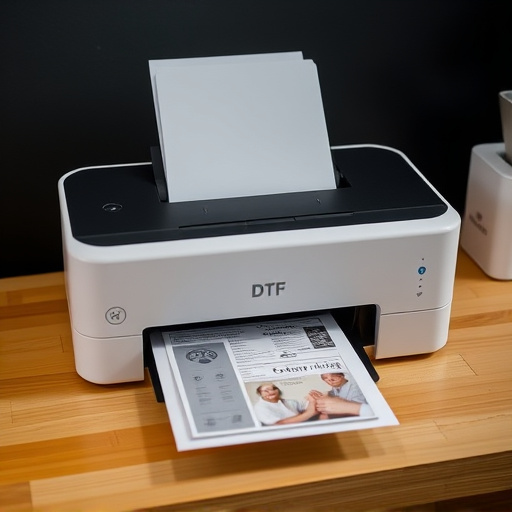
DTF Printed Shirts offer an eco-friendly alternative to traditional printing methods, reducing waste…….
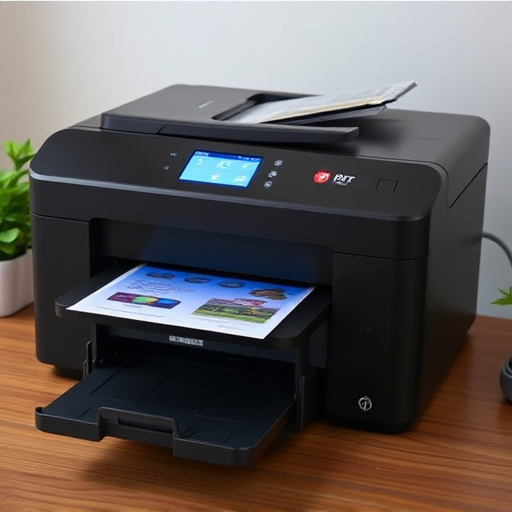
DTF Printed Shirts are transforming sports apparel with their cutting-edge Direct-to-Fabric Transfer…….
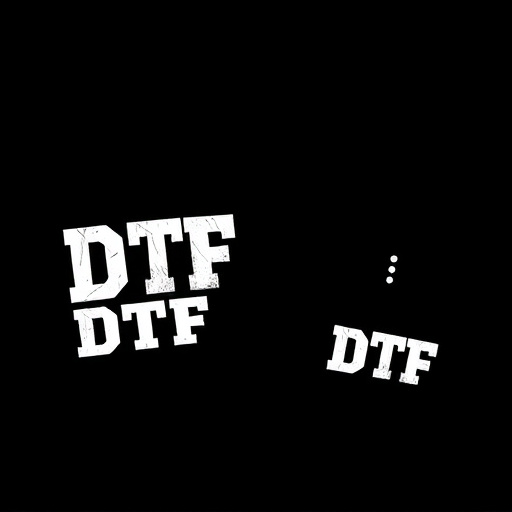
DTF Printed Shirts offer a creative way to express individuality through custom designs on high-qual…….
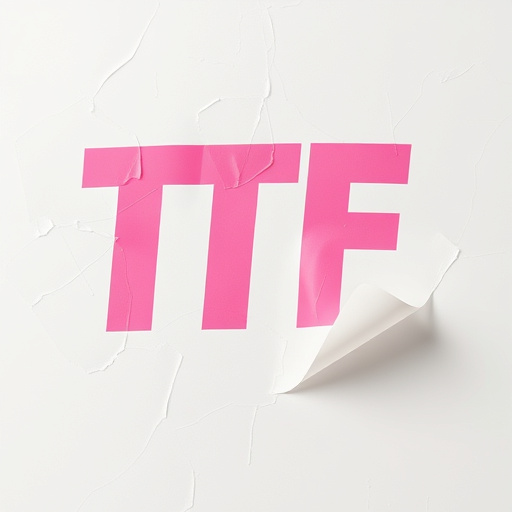
Understanding DTF (Direct to Fabric) printing process is key for producing high-quality DTF printed…….
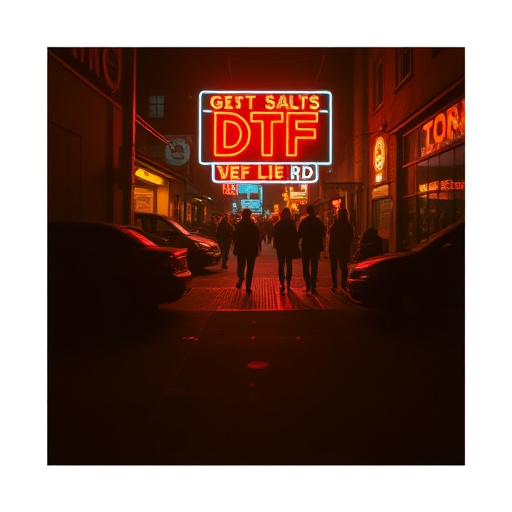
Direct to Garment (DTF) printing offers personalized apparel with intricate designs that require spe…….

DTF Printed Shirts offer a sustainable and eco-conscious alternative in clothing production, avoidin…….
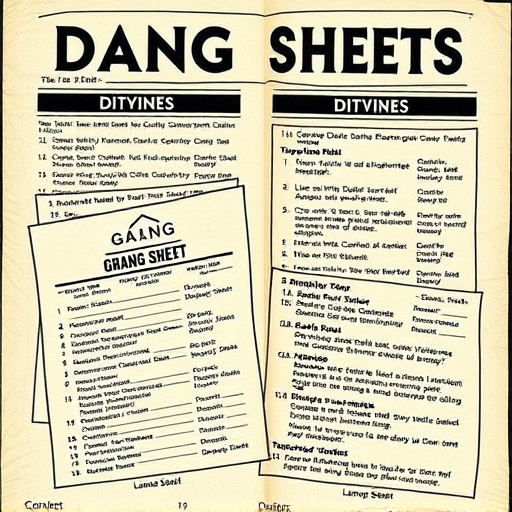
DTF printing (Direct-To-Fabric) is revolutionizing the apparel industry by directly transferring ink…….
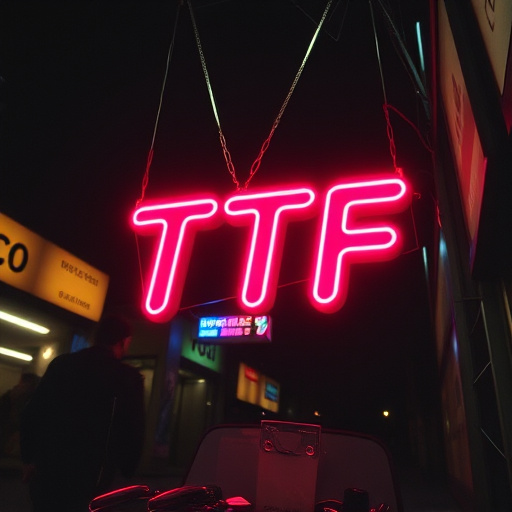
Direct-to-Fabric (DTF) printing has emerged as a revolutionary technology in the apparel industry, o…….